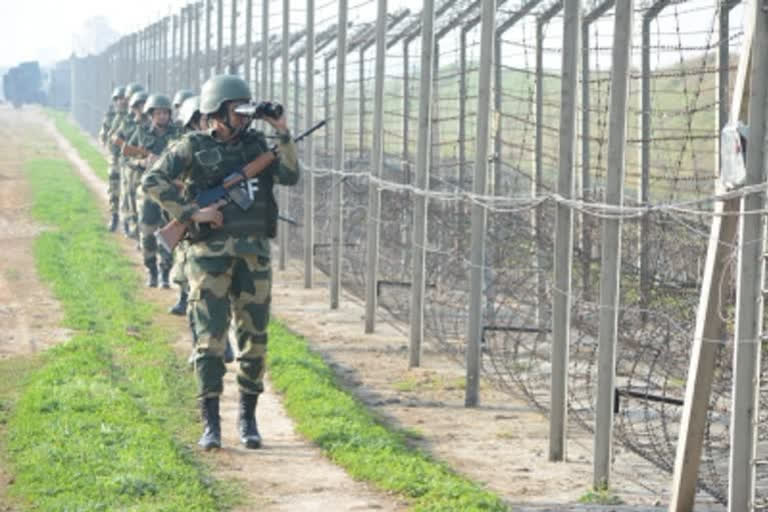New Delhi:From a series of aggressive confrontations between soldiers of India and China across the contested border in eastern Ladakh that began more than 22 months ago, to the alignment of strategic interest in the aftermath of the Ukraine conflict, has been nothing short of a rollercoaster ride for India-China bilateral relations.
That is why reports that China’s foreign minister and state councillor Wang Yi may visit India before March ends is replete with a lot of significance.
Although the Indian external affairs ministry, on being contacted by ETV Bharat, refused to either affirm or deny the Wang visit, the travel to India may take place after the minister’s scheduled visit to Kathmandu on March 26-27 during which he will push for the Belt and Road Initiative (BRI) plans for Nepal.
If the India visit at all takes place, it will be the first one by a senior China leader to India ever since the eastern Ladakh border row escalated into a major faceoff that is ongoing, although Wang and India’s foreign minister S Jaishankar had met in various multilateral fora since then either virtually or in person.
The visit will be in the backdrop of the fact that the border faceoff has resulted in the world’s two most populous nations mobilizing and deploying more than 1,00,000 soldiers in the icy and oxygen-depleted heights across the Himalayas who continue to be posted close to each other.
Interestingly, the first breaking of ice between India and China after the Galwan clash took place after Russia’s moves to get the two to negotiate began on September 10, 2020, just a few months after the Galwan clash, when Jaishankar and Wang met on the sidelines of the SCO meet in Moscow. The India-China relationship was at its worst in recent memory after a violent brawl between Indian and Chinese soldiers in eastern Ladakh’s Galwan Valley on the night of June 15 that claimed the lives of 20 Indian and at least four Chinese soldiers. Subsequently, 15 rounds of senior military-level talks not to speak of diplomatic negotiations have failed to resolve the border tangle.
The belligerent moves by the militaries of the two nations had resulted in ominous warnings about the India-China border being the world’s new flashpoint for a major conflict. It has been during the ongoing Ukraine crisis that began on February 24 after Russia’s military action that there has been some meeting ground of common interests and positions between the two neighbours with Russia being the common factor between the two.
India continues to brave the threat of stringent US economic sanctions by persisting on buying the S-400 air defence system from Russia and other weapon systems and platforms and even maintain trade ties including buying oil, a position similar to and actively pursued by China.
Russia is close to both India and China. While Russia’s ties with India has been traditionally close with weapons supplies and military scientific research and development being among the prime determinants, adversarial relations with US has been the main factor that has brought Russia and China close, so much so that there is talk of a repositioning among the big global powers, particularly after the end of the Cold War.
Says PS Raghavan, former chairperson of the National Security Advisory Board (NSAB) who had also served as Indian ambassador to Russia: “Ukraine is an example of a repositioning of forces. When the Cold War ended, the configuration of forces changed significantly. Whenever the configuration alters significantly, the world order gets rearranged and there has to be some consensual settlement of a world security order. And that is what did not happen. After the Cold War, NATO started expanding by itself, there was no planned rearrangement of the security order.”
Also, at a time when Russia has been in relative isolation due to widespread condemnation by world leaders at the UN, India and China have refused to categorically condemn Russia’s Ukraine action—ending up in a small camp of nations that still stands by Russia.
If India-China ties warm-up, the US’ Indo-Pacific strategy would be relegated to just a ‘Pacific’ strategy which will have immense ramifications for the dynamics of the ‘Great Power rivalry’ across the globe. Not just strategic ties, such a development would have deep implications even for a new economic world order that could see the constriction of the dollar regime where the US currency was the international currency of exchange.
